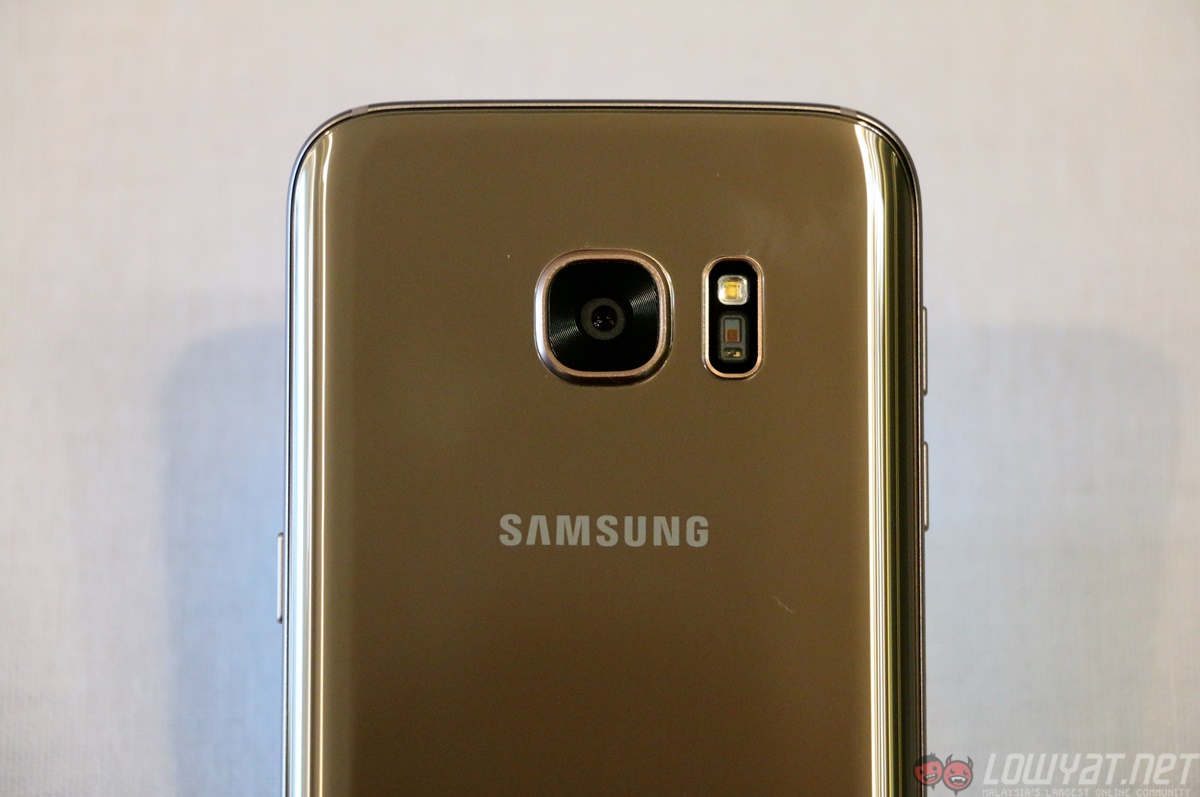Ever since its launch, there has been plenty of talk about how exactly the “dual-pixel” sensor on the Samsung Galaxy S7 edge works. Samsung claims that autofocus and low-light performance is dramatically better than the already-great Galaxy Note 5, so it was only a matter of time before a comparison between the S7 edge and a dual-pixel DSLR crops up.
A Thai tech YouTube channel, CBiz Online, compared the Galaxy S7 edge with the Canon 70D, the first camera to sport a dual-pixel sensor. They both offer the best demonstration possible of the dual-pixel sensor camera on the Samsung Galaxy S7 edge.
We have talked about the S7 edge’s autofocus speed in our previous hands on post. To recap, the main advantage of having a dual-pixel sensor would be to allow the phone’s camera to achieve faster autofocus speeds. Each pixel will absorb light and simultaneously lock focus on a subject, allowing the two processes to take place at the same time – therefore achieving significantly faster autofocus.

The tests were conducted under two situations – one in standard room lighting, where he switches the autofocus target between his face and a calculator; another in the dark, throwing light around with his phone’s flashlight.

Even in a dark environment, the Galaxy S7 edge manages to hold up its autofocus speed quite well. The camera’s dual-pixel sensor almost instantly picks up the subject in the scene followed by the autofocus lock, while the Canon EOS 70D struggles to find the target to focus on.
Mobile photography has really come a long way with smartphones slowly adopting features and capabilities that used to only be found in DSLR cameras. After introducing PDAF on a smartphone for the first time with the Galaxy S5, it appears Samsung is continuing its pursuit of a fantastic camera experience with the Galaxy s7 edge.
Follow us on Instagram, Facebook, Twitter or Telegram for more updates and breaking news.


